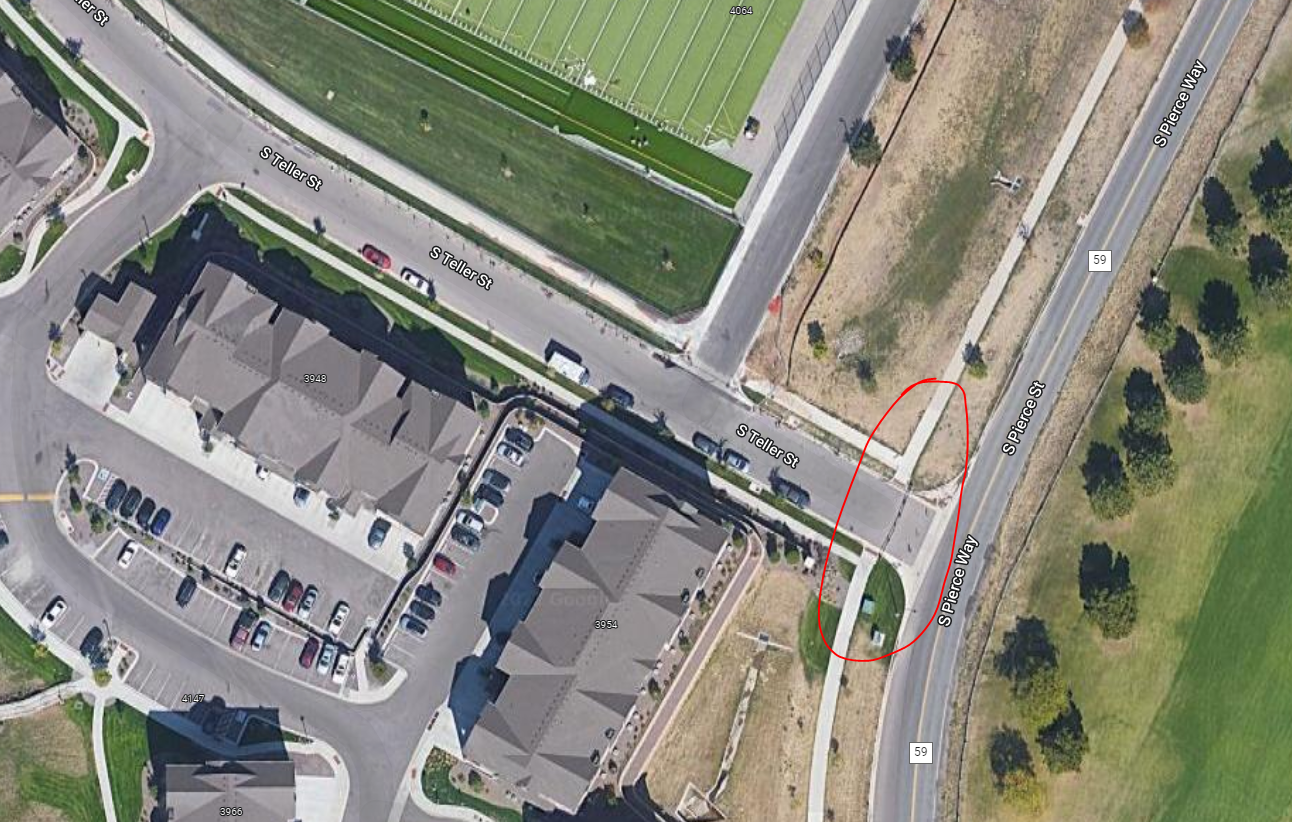Lakewood City Council Member Jeslin Shahrezaei joined us on January 6, 2023, to discuss a variety of issues. Starting with her views on the Moms Demand Action meetings, meeting disruptions, and how the process should work.
Thank you, Councilor, for continuing through an especially bumbly interview – I won’t quit my day job.
Council Member Jeslin Shahrezaei Interview Part 1: Moms Demand Action, Lakewood City Council meeting disruptions December 2022, and proper processes
Council Member Jeslin Shahrezaei Interview Part 2: Continuation of meeting process, Lakewood City Manager agreement amendments, future goals and DRCOG
Highlights from Lakewood City Council Member Jeslin Shahrezaei (loose transcription):
- Any effort to make sure that we’re sharing actual information is incredibly helpful.
- (Regarding the gun debate) the majority of folks who had strong opinions opposing what Moms Demand Action, we’re suggesting, really weren’t Lakewood residents.
- [the gun issue] conversation is one worth having … Lakewood, being sort of the county seat would have a dramatic impact on what maybe some of our neighbors in the county would consider and there’s an opportunity for us to be a leader one way or another
(Regarding muting) it’s not as black and white as people’s free speech being dismantled through muting …. Ultimately everyone has the right to their opinion, and they should be able to speak, and I don’t know that I necessarily agree that that’s not what we’re seeing
- The mute function is being used to sort of bring us back (on topic), I think that is an important tool
- I felt satisfied with the contract. I felt that the contract didn’t ask for anything that was sort of above and beyond what was okay in my mind. For that, reason I didn’t push forward the idea of a discussion because in my mind I felt satisfied.
We were asked to renew a contract because earlier in the year we had found consensus. The staff member was doing a job that was well enough to continue their service to the community.
- What’s tricky, though, is that there were members of council who voted against the December fifth Special executive session, who also chose not to participate in the annual evaluation. So without their participation… it becomes really easy for them to come back later and say, ‘I call BS on this’.
I trusted the ability of the mayor and the mayor pro attempt to sort of operate that process
What the agenda was requesting of us was to vote yes or no on the extension of the city managers, contract and that’s what we did
- And so were people coming into that meeting ready to poke holes into whatever was presented? I think so.
- To be clear, that [Dec 5 meeting] is not outside of how [executive sessions] usually operates. For example, when we were making decisions about appointing the presiding judge we didn’t receive those hiring packages until that night, so time is given that night to read and ask questions…. you have to come ready to do that work
I did not see a single counselor come prepared to bring an amendment…. We were at the point where you needed to be able… to post an amendment to this….that work hadn’t happened.
- I saw counselors come prepared to disrupt and poke holes in the process, saying, you know I was excluded from this [process].
- How could you evaluate someone without metrics for which to determine success or failure? And I think where there’s an opportunity for us to get further clarity is, which ones do we agree on as community members
- (In regards to giving the City Manager an extra raise over average staff) I would wonder if we’d ask those same questions if this was a man (Editor’s Note: Yes, I would, and did in my own public contract “manager raise” discussion. I did not take the insinuation personally)
- When you look at the salary survey of other city managers in comparable size, cities within the range of what’s appropriate, she’s not making an exuberant amount of money
- What we’re starting to explore now we had a December meeting on, and we’ll continue to look at as we enter into 2023 is what is the role that the Denver Regional Council governments can play on affordable housing.
- I don’t know that we need to bring commercial jobs into Lakewood to keep people from driving out. We have huge employers here already, and a lot of that work is a mix of both working from home and going into the office.


